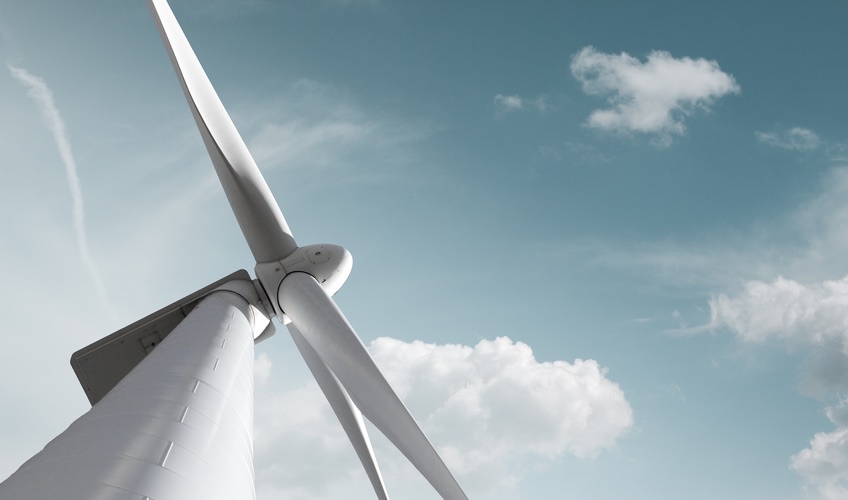Energy Storage as a Solution to Compensate Forecasting Errors of Wind Power Plants
In markets where feed-in tariff systems face out or where different market-based incentives schemes (such as green certificates) are in place, wind power plant operators need an exact wind power generation forecasting and contractual or physical measures, to balance the forecasted power generation against the real power production.
A fitting example of such a market is Romania, where wind power operators need to forecast the wind power generation and pay balancing costs to grid operators in order to balance the difference between forecasted- and real production.
Balancing costs amount to 5-10% of electricity revenues, varying depending on the agreement with the off-taker and wind power plant operators deliver the wind power forecast on an hourly basis to the off-taker (24 hours upfront). If the forecasts made are not met, off-takers balance the reminder.
Markets such as Romania – where the wind power plant cannot just feed in the whole amount produced, but require forecasting and compensation of imbalances – have the prerequisite that the wind power plant operator e.g. purchases additional power from the intraday power market to compensate real generation below the forecasted.
As forecasting errors show a correlation via the whole electricity market of the country, the intraday market is significantly influenced by the wind power generation. This means, that at the time of imbalance, the power sales price is usually very low and the power purchase price very high, based on strong competition.
As a consequence, the upcoming balancing costs can be reduced or compensated if an electricity storage system is installed adding to a wind power plant. Although the installation of a storage system does not seem to pay off for the owner of small wind power plant, the possibility of own storage bears big potential for the owners of big wind power plants, portfolios active within the same geographical region, and for energy traders.
The following figure shows the frequency of positive and negative forecasting errors in percentage of the installed wind power capacity. A positive forecast error means that the output of wind power has been overestimated and positive reserve power has to be activated (resulting in additional power being purchased from the intraday market). A negative forecast error means accordingly, that the output of wind power has been underestimated and negative reserve power (meaning that excess power has to be sold or stored in a storage system) has to be activated.
 The figure above illustrates that the frequency in distribution decreases sharply and becomes low when the 10% mark of installed wind power capacity is hit. This means, that the installation of a storage capacity covering 10% of the installed wind capacity would already allow a forecasting error compensation of 80%. Forecasting errors which are smaller than 10% of the installed wind power capacities could be compensated with a storage system, while forecasting errors above 10% are just resulting in a minor power volume, which can be covered with additional trading at intraday.
The figure above illustrates that the frequency in distribution decreases sharply and becomes low when the 10% mark of installed wind power capacity is hit. This means, that the installation of a storage capacity covering 10% of the installed wind capacity would already allow a forecasting error compensation of 80%. Forecasting errors which are smaller than 10% of the installed wind power capacities could be compensated with a storage system, while forecasting errors above 10% are just resulting in a minor power volume, which can be covered with additional trading at intraday.

